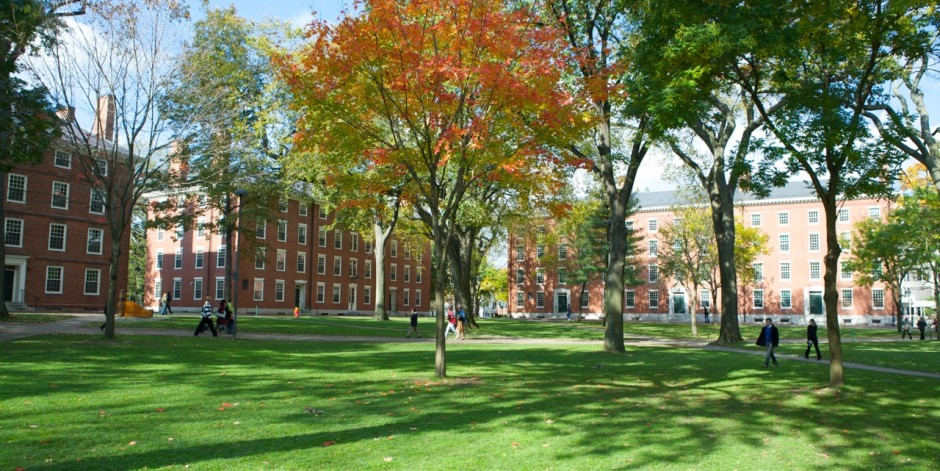It’s hard to believe that American universities, supposedly the havens of enlightenment, were once the nests of bigotry. But that’s exactly the point of Antisemitism on the Campus: Past & Present, published by Academic Studies Press.
The first volume of a multidisciplinary series on antisemitism in the United States, this book of 21 essays, edited by Eunice G. Pollack, disabuses readers of the idealistic notion that an educated mind is necessarily a tolerant one.
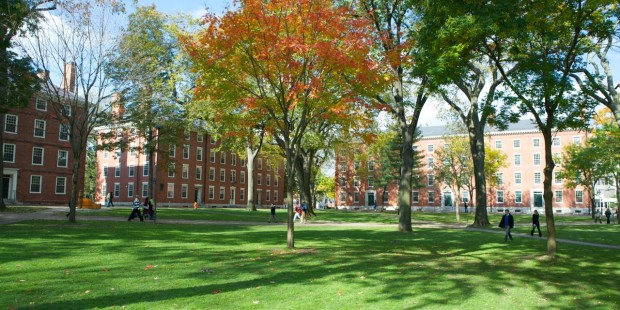
Contributors deal with a wide range of issues, from the antisemitic admission policies of topflight institutions such as Harvard and Princeton prior to World War II to the anti-Zionist rhetoric that pervades university campuses today.
Being particularly intrigued by the rampant antisemitism that infected American universities from the 1920s to the 1940s, a period when discrimination against minorities, especially Jews, was at its peak, I focused my attention on the essays on this subject.
Jerold S. Auerbach, in Wellesley College: Antisemitism with White Gloves, writes about an elite institution whose mandate was to educate young women “for the glory of God and the service of the Lord Jesus Christ.” Like other Seven Sister colleges, Wellesley was in the business of perpetuating white Anglo-Saxon dominance. “This challenge became all the more imperative after World War I, when hordes of socially undesirable candidates with academically superior credentials — in a word, Jews — threatened to inundate the academic citadels of privilege,” observes Auerbach.
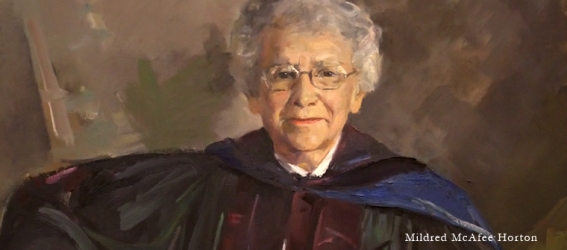
The solution was clear. Wellesley, in common with other elitist institutions, unveiled an admission policy that was anti-Jewish to the core. By the 1930s, the Jewish presence in each new class was limited to nine to 11 percent. Wellesley’s president, Mildred McAfee Horton not only admitted that “we have a quota” in place, but claimed that it worked in favor of Jews.
With the passage of the Fair Educational Practices law in the 1950s, Jewish enrolment climbed to 20 percent, but dropped to 12 percent in the 1960s. Auerbach doesn’t bother telling us what the Jewish enrolment rate is today, but points out that Wellesley has been committed to “multicultural diversity” since the 1990s.
Stephen J. Whitfield, in Brandeis University in the Shadow of Antisemitism, reminds us why there was a need for a non-sectarian, Jewish-sponsored university like Brandeis.
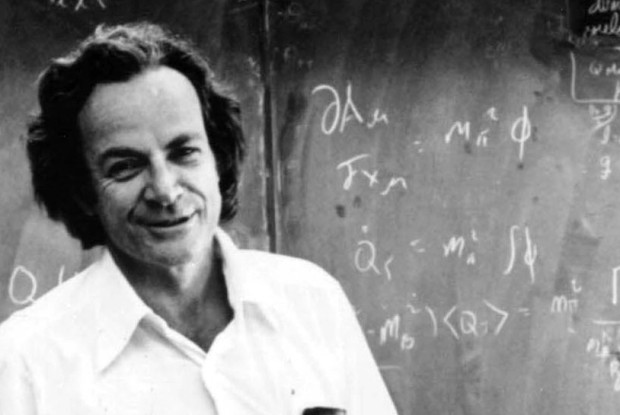
At Columbia University, for example, the Jewish quota was so stringent in the mid-1930s that even brilliant students like the future Nobel Prize winner in physics, Richard Feynmann, was rejected.
In yet another essay, Objectionable Traits: Antisemitism in the Hiring of Jewish Psychologists, 1920-1950, Andrew S. Winston explains why American psychologists generally supported, occasionally objected to or resigned themselves to the exclusion of Jews from the discipline at Ivy League universities.
The problem, of course, stemmed from the fundamental fact that racism was so deeply ingrained in American society. In 1914, Columbia University’s dean, Frederick Keppel, wrote that while the majority of Columbia’s Jewish students were “desirable … in every way,” some bore “objectionable traits” that could not be tolerated.
In Meritocracy and its Limits: Harvard, Yale and Columbia Law Schools Before the Second World War, Henry D. Fetter revisits an incident that occurred at Yale in 1939.
Harry Shulman — a Harvard Law School graduate who had been a U.S. Supreme Court clerk to Justice Louis Brandeis and had been appointed to Yale’s faculty in 1930 — emerged as the leading candidate to succeed the outgoing dean of Yale’s School of Law. But following soundings among alumni and the legal establishment, Yale’s president, Charles Seymour, was dissuaded from appointing Shulman.
Seven years later, Harvard Law School was faced with a similar situation when Milton Katz was denied the deanship for precisely the same reason.
By 1954, however, religious prejudice had become unacceptable, and Shulman was appointed dean of Yale Law School. By the 1970s, virtually every major law school in the United States had had a Jewish dean.
Edward S. Shapiro’s essay, The Educational Crusade of George W. Armstrong, reveals the depths to which some colleges could sink in the name of expediency.
In 1949, George Washington Armstrong, a multi-millionaire from Texas, offered to establish a generous endowment fund at Jefferson Military College in Mississippi on two conditions. The doctrine of racial superiority would be included in the curriculum. Jews would be denied admission as students.
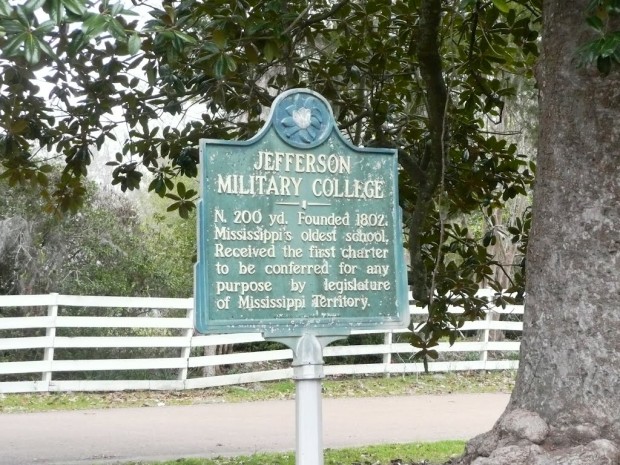
Armstrong, a white supremacist, was a serious antisemite who claimed that Abraham Lincoln had been assassinated by a Jew, that Jews dominated American culture, and that they would always be beyond the pale. Despite his appalling record, the board of the college unanimously accepted his proposal.
As Shapiro observes, its decision was hardly surprising. Mississippi, an ardently segregationist state, was represented by two of the most notorious antisemites ever to sit in Congress — Congressman John E. Rankin and Senator Theodore G. Bilbo.

Elsewhere in the United States, the reaction was far different. Jews and Christians were outraged by Armstrong’s gift, and newspapers across the country roundly condemned it. Facing a public relations disaster, the college retracted its decision, which Shapiro describes as “among the most blatant examples of antisemitism in the history of American education.”
Claiming there had been a “complete misunderstanding,” the president of the college said that Armstrong’s antisemitism was “utterly foreign to the thinking of all the members of the board.” Disappointed by its change of heart, Armstrong withdrew his gift, ending a sordid chapter in the annals of the United States.
Shapiro adds an ironic postscript: In 1996, Armstrong’s grand-daughter, Christine, married a Jewish bond trader in a wedding ceremony conducted by a priest and a rabbi. One imagines that Armstrong must have been spinning in his grave.
In this informative volume, there are also essays on Old Wine in New Bottles: Antisemitism in the American Far Left, African Americans and the Legitimization of Antisemitism on the Campus and The Academic Legitimization of Anti-Zionism and Efforts to Combat It: A Case Study.
They certainly provide food for thought.
